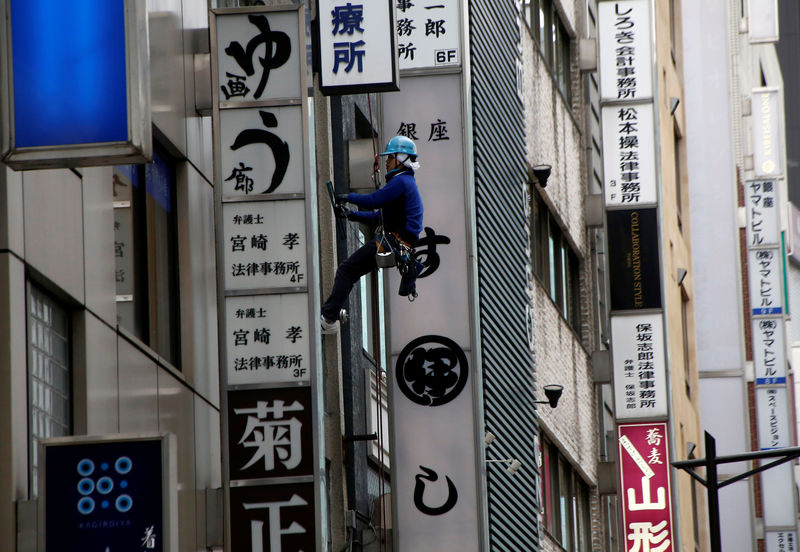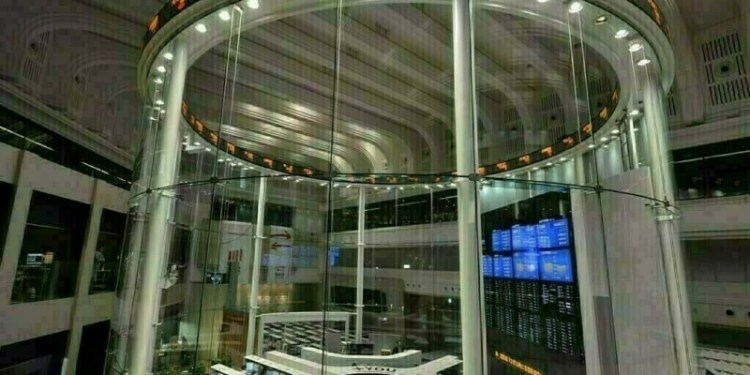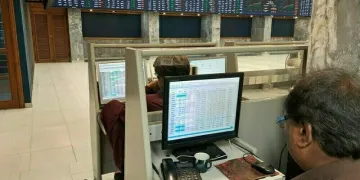 © Reuters. Worker cleans a window of a building at a shopping district in Tokyo
© Reuters. Worker cleans a window of a building at a shopping district in TokyoBy Tetsushi Kajimoto
TOKYO (Reuters) – Japan’s economy expanded more than initially estimated in the last quarter of 2017, thanks to an upward revision of capital expenditure and inventory data, confirming an eighth consecutive quarter of growth.
Global demand for technological products has driven an investment boom in many of the country’s high-end sectors, such as autos, semiconductors and precision machinery, mirroring trends seen in other major Asian exporting nations.
However, despite the solid growth — the longest run in 28 years — analysts say the Bank of Japan is unlikely to bring forward a debate on exit from monetary stimulus given that sluggish wages keep consumer spending and inflation from accelerating.
BOJ Governor Haruhiko Kuroda, who is set to serve another term, rattled markets last Friday by flagging for the first time the prospect of an exit from monetary stimulus if 2 percent inflation were met in fiscal 2019 – a remark he later tempered.
“It will take longer to achieve the 2 percent target. There’s no change to this perception after the GDP data that merely confirmed Japan remains on track for stable growth led by global economy’s expansion,” said Yoshimasa Maruyama, chief economist at SMBC Nikko Securities.
“Inflation holds the key to a debate on exit, but it won’t accelerate as long as wages and private consumption lack momentum even as capital spending rises. In that sense, the focus will be the upcoming annual wage talks, rather than data.”
The economy grew an annualized 1.6 percent in October-December, versus economists’ median estimate for 0.9 percent annualized growth and the preliminary reading of a 0.5 percent expansion, Cabinet Office data showed on Thursday.
The annualized growth rate translates into quarter-on-quarter expansion of 0.4 percent in real, price-adjusted terms, against an initial reading of a 0.1 percent growth and the median estimate for 0.2 percent growth.
The upward revision was due to faster-than-expected gains in capital expenditure, thanks to investment in information and communications such as smartphone and production machinery including robots and labor-saving technology.
Private inventory was the biggest contributor to the upward GDP revision due to rising stock of and , steel products, electronics parts and devices, a Cabinet Office official said.
Policymakers are keen to stoke a virtuous growth cycle in which higher wages stimulate consumer spending, which will in turn boost business investment and accelerate inflation.
“Recent weak data such as industrial output and retail sales for January suggest GDP growth may slow in the first quarter,” said Masaki Kuwahara, senior economist at Nomura Securities.
With inflation remaining distant from the 2 percent target, the central bank is widely expected to keep its massive monetary easing intact at its policy-setting meeting that ends on Friday.
Thursday’s data showed the capital expenditure component of GDP grew 1.0 percent from the previous quarter, versus the median forecast for 1.2 percent growth, and the preliminary 0.7 percent gain.
Private inventories contributed 0.1 percentage point to the overall GDP growth, versus the preliminary estimate of minus 0.1 percentage point.
Private consumption, which accounts for some 60 percent of gross domestic product (GDP) grew 0.5 percent in October-December from the previous three months, unchanged from the preliminary reading.
Domestic demand contributed 0.4 percentage points to revised GDP, while net exports – or exports minus imports – were balanced, making no contribution, the data showed.
Source: Investing.com



























